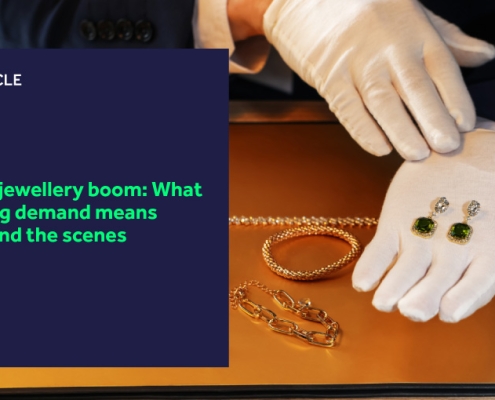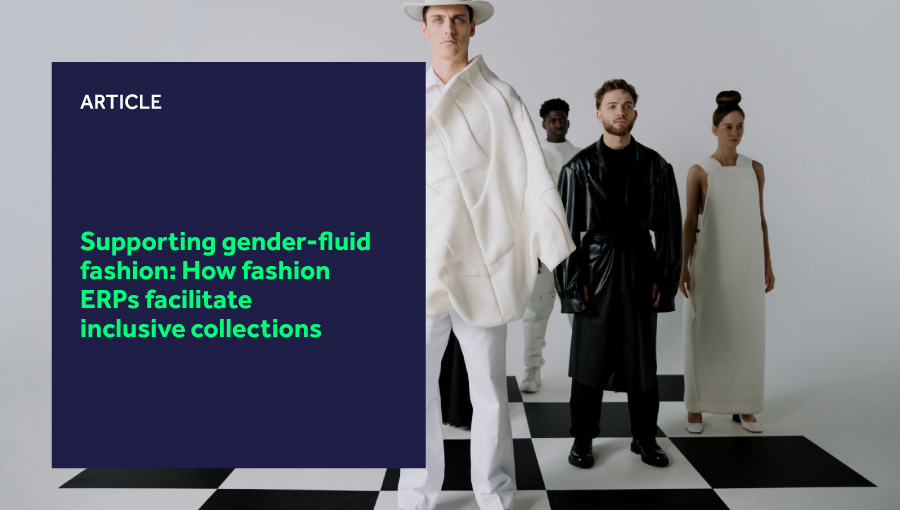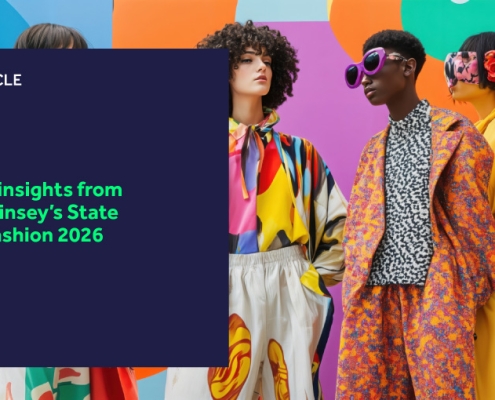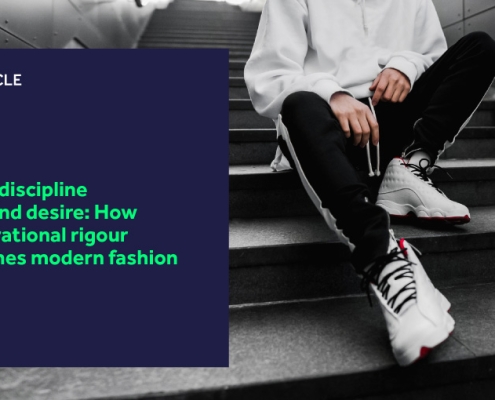Brands around the globe are looking ahead to the trends that will define next year as 2024 draws to a close. One notable trend touted is gender-fluid clothing’s shift from niche to mainstream.
While this move fosters greater inclusivity and self-expression, it poses challenges for brands whose systems and processes remain rooted in traditional norms.
Most solutions used by brands rely on rigid category classifications and binary gender divisions, hindering their ability to adapt to more fluid concepts.
The answer? Fashion-focused ERPs.
Why is it difficult to move towards gender-fluid collections?
The challenge in developing gender-fluid clothing doesn’t lie in design, but in the fundamental shift required in how brands approach everything afterwards, from planning to inventory management.
Traditional Enterprise Resource Planning (ERP) systems are not built to accommodate fashion in the first place, let alone facilitate fluidity in planning and management.
Designers can easily conceptualise collections that go beyond traditional gender boundaries, but without a dedicated fashion solution to support the development and distribution of the final products, brands will struggle to capitalise on this trend.
Fortunately, fashion-focused ERPs exist to support these needs.
Reimagining collection planning
ERPs designed with fashion in mind offer more flexibility in product categorisation, meaning brands can move away from ‘menswear’ or ‘womenswear’ to more gender-neutral categories.
This allows companies to create line plans that break free from norms, while the advanced planning capabilities of fashion ERPs facilitate the additional size ranges needed to accommodate diverse body types and style preferences.
The flexibility of these solutions extends across everything from initial planning and development phases to final retail presentation, helping brands take gender-fluid collections to market.
The never-out-of-stock approach to gender-fluid fashion
Never-out-of-stock (NOOS) models have been popular in fashion for a long time, allowing brands to capitalise on additional sales by offering high-selling staple pieces year-round.
This approach has also gained traction for sustainability reasons and will complement gender-fluid fashion perfectly. Items like oversized sweaters, relaxed-fit denim, and minimalist accessories already transcend both seasonal trends and gender boundaries, making them ideal NOOS products.
However, brands will need a fashion-focused ERP to effectively transition products in and out of NOOS status based on market demand.
Create variant-specific BOMs
This point is less specific to gender-fluid fashion but remains highly relevant. Most ERPs only allow brands to create a Bill of Materials (BOM) for, say, an oversized sweater.
The problem is that this oversized sweater needs to be available in multiple sizes and colours, requiring differing amounts of fabric and dye batches. It’s highly inefficient to create just one BOM for the oversized sweater, rather than one per variant.
Since ERPs are generally designed to support resource planning for companies in any industry, specific nuances like this aren’t accounted for. This is why leading fashion brands have adopted solutions built with their specific needs in mind.
Smarter inventory management
Modern shoppers like to shop on their own terms, meaning brands need to offer their products wherever their target customers are.
As gender-fluid fashion grows in popularity, there isn’t yet a definitive place where consumers will gravitate to purchase these items, meaning products must be offered online, in-store, or even via wholesale partners.
Dedicated fashion solutions allow inventory to be systematically split by applying specific rules to separate streams. This helps allocate stock to the right channels and customers, ensuring demand is consistently met and avoiding the dreaded ‘out of stock’ notice.
Data-driven decision making
Perhaps most importantly, brands need access to centralised data to understand how their gender-fluid collections are performing across different channels and markets, informing decisions moving forward.
It’s uncertain whether gender-fluid fashion will remain a trend or become a permanent fixture, so having access to this data is crucial for continuing to capitalise on sales or pulling back to avoid overproduction.
Brands can make a range of decisions based on the data they collect in their fashion ERPs, but here are a few examples of how they could use this data:
- Fine-tune product mixes based on customer preferences
- Optimise pricing strategies for inclusive collections
- Identify emerging trends in gender-fluid fashion
- Decide which pieces to transition to NOOS status
Discover the technology foundation for inclusive fashion
When all is said and done, the successful execution of a gender-fluid fashion strategy requires more than just creative vision – it demands a system built to support that vision.
While traditional ERPs fall short of meeting these demands, fashion-focused solutions embedded within leading ERPs, like Microsoft Dynamics 365, can provide the support forward-thinking brands need.
Ready to kickstart your journey into gender-fluid fashion? Discover more about how our fashion-focused ERPs can support you today.
 https://k3fashionsolutions.com/wp-content/uploads/2025/11/jewellery-featured.jpg
510
900
Jordan Heal
https://k3fashionsolutions.com/wp-content/uploads/2024/12/K3_Fashion_Solutions_Half-color_RGB.svg
Jordan Heal2025-11-21 13:17:352025-11-21 13:17:35The jewellery boom: What rising demand means behind the scenes
https://k3fashionsolutions.com/wp-content/uploads/2025/11/jewellery-featured.jpg
510
900
Jordan Heal
https://k3fashionsolutions.com/wp-content/uploads/2024/12/K3_Fashion_Solutions_Half-color_RGB.svg
Jordan Heal2025-11-21 13:17:352025-11-21 13:17:35The jewellery boom: What rising demand means behind the scenes


